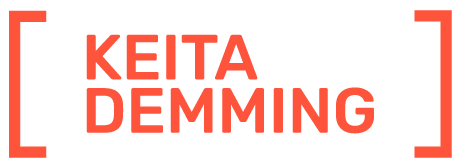Education for the next generation of problem solvers.
B Studio Project
Education too often teaches us what to think, not how to think.
We teach participants how to think. Over the last 4 years, we have developed a program that teaches participants how to become better problem solvers and thinkers.
Youth Studio
Educator Studio
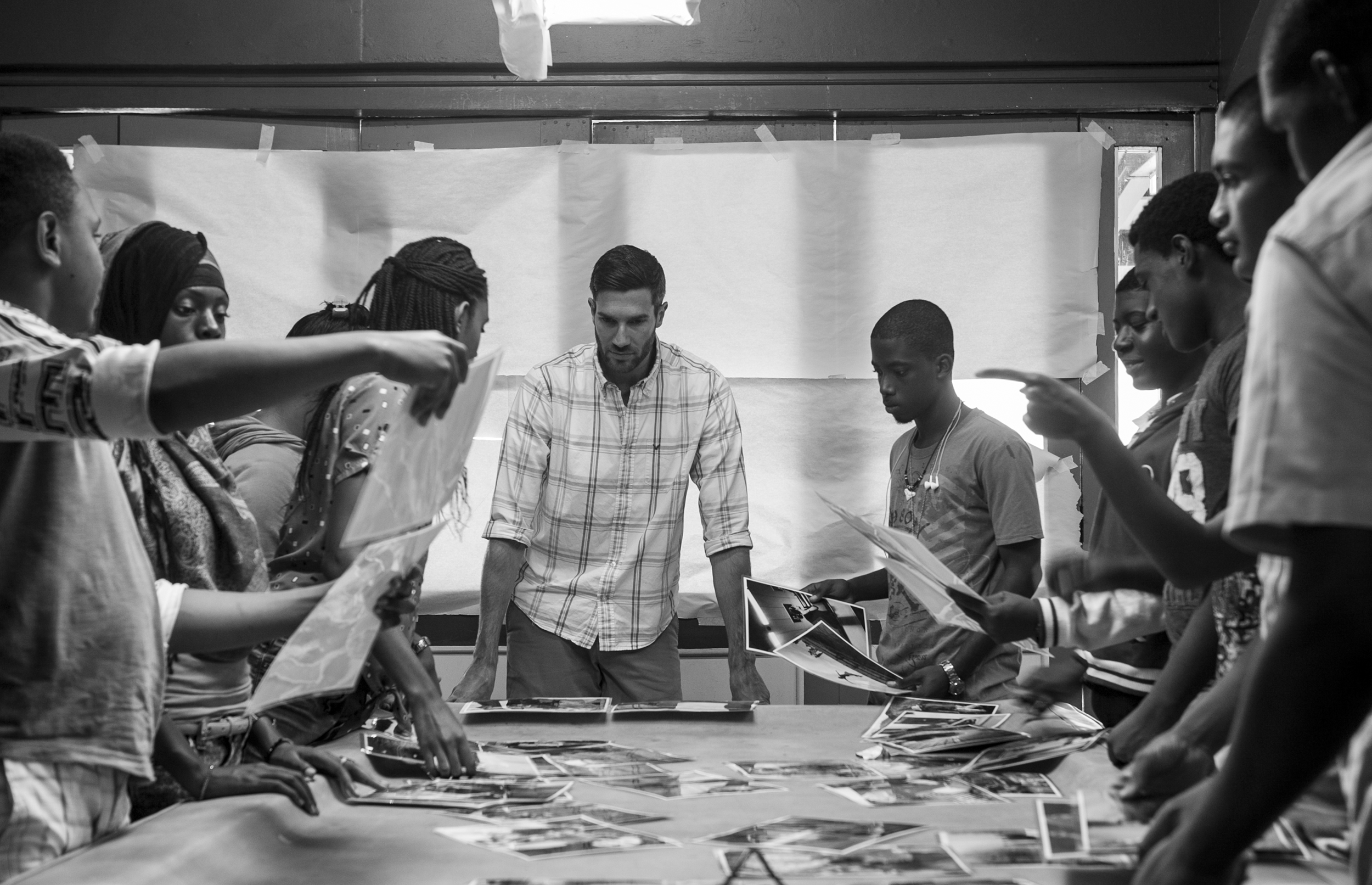
Videos
Education for the next generation of problem solvers.
Check out our workshop videos.
Youth Studio 2016
Studio Impact
An early Canadian iteration of B Studio.
Vimeo Video Missing/Moved
Educators Studio 2015
Youth Studio 2015
Educators Studio 2014
Youth Studio 2014
Educators Studio 2013
Youth Studio 2013
Youth Studio 2012
Core Content
Innovation Habits
We have 14 innovation habits that we teach to participants. Here are a few examples of the habits we explore in our workshops.
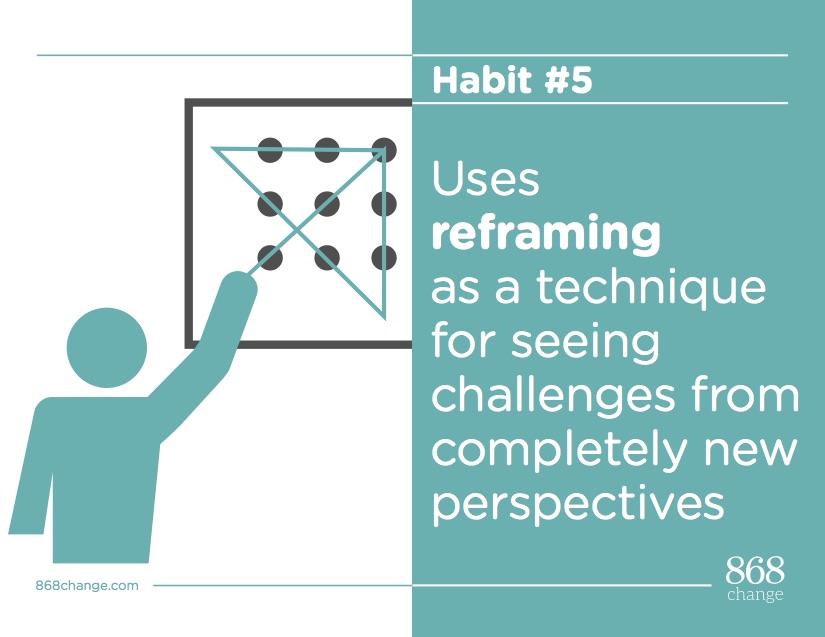
Uses prototyping to learn and fail quickly
Much of the world subscribes to the notion of investing in planning and designing. A social innovator uses prototyping to design quick, cheap, versions of their solutions as a way of testing their approach. They aim to fail quickly, learn from their prototype, and improve future versions.
This experimental approach to finding solutions encourages designers to improve their models, while working with end-users. Ultimately, this approach can save designers time and money investing in solutions that are unlikely to generate the desired outcomes.
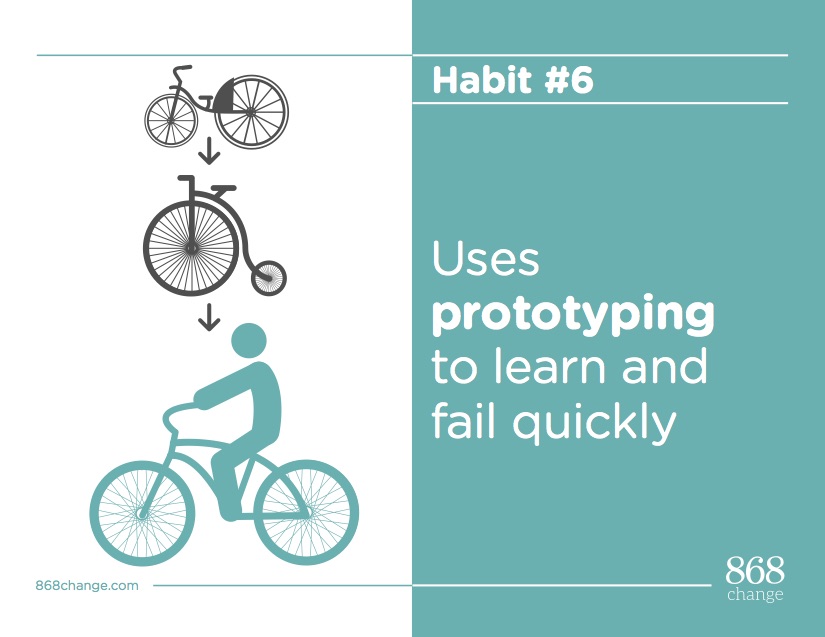
Uses reframing as a technique for seeing challenges from completely new perspectives
Challenges can be understood from a variety of perspectives. To better understand challenges or problems they are faced with, social innovators often reframe the challenge in ways that provide new insight or new perspective. Being able to reframe a problem is a key skill of a social innovator.
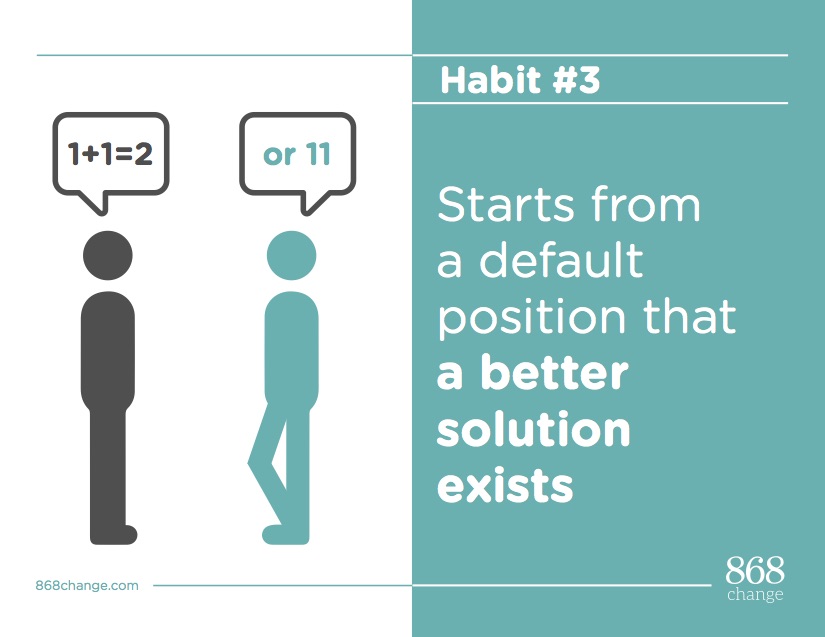
Starts from the default position that a better solution exists
Knowing that our mental models influence the way we understand the world, a social innovator actively challenges commonly held assumptions as they search for better solutions. They understand that all models are imperfect, incomplete, and can be improved. They resist the urge to settle for unattractive options. They use this understanding to search for better models and interpretations of the world.
When faced with two unattractive options, social innovators seek to develop hybrid solutions. They take the best components of the unattractive options and develop a third. This approach leads to a hybrid solution that ultimately generates improved outcomes. A social innovator is an integrative thinker.
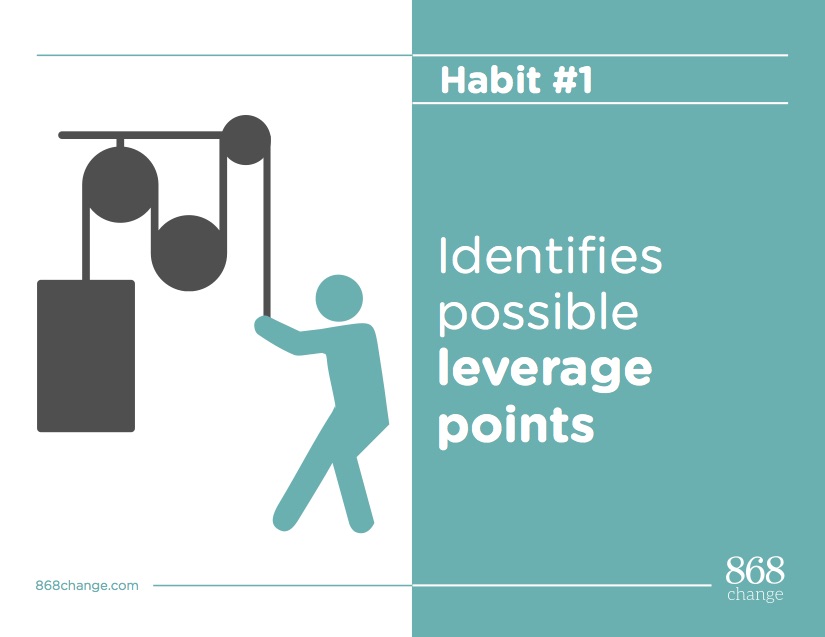
Identifies possible leverage points
Systems are made up of relationships and/or connections. If we change a relationship and/or connection in a system, we can potentially change the system.
A social innovator uses their knowledge of systems to identify leverage points in a system where a small amount of effort may lead to massive change throughout the system.
A social innovator chooses to spend their time and energy at these high leverage nodes, as they are most likely to create opportunities for change throughout the system.
Systems Thinking
Systems Thinking refers to a set of tools, a language, methods or heuristics that look at problems as whole instead of as separate parts. Systems thinkers see problems as being messy, historically relevant and context dependent. These thinkers emphasize relationships and interdependence rather than parts of a whole. Systems Thinking is a powerful tool that can be used to address the most wicked social and environmental problems.
Integrative Thinking
Integrative Thinkers build hybrids of opposing models instead of choosing from unattractive options. They do not compromise one option at the expense of another. They instead build new models. This process leads to creative resolutions that embrace the best parts of previously undesirable options, generating a new model that contains the best elements of the previously undesirable models, but are superior previously undesirable options.
Design Thinking
Design Thinking is a human centred approach to problem solving that combines empathy, context specificity, usefulness, creativity and idea generation to provide insights and solutions that best fit particular problems. Design Thinking is typically used for product generation, but within recent times, has also been used to generate innovations within many sectors.
Learning Outcomes
Generative Reasoning
Most of us are familiar with convergent thinking, thinking that asks us to narrow our options. Very few of us are familiar with generative thinking, the kind of thinking that is required to answer open questions. We help participants develop their capacity for generating ideas and solutions.
Asking powerful questions
The most common source of management mistakes is not the failure to find the right answers. It is the failure to ask the right questions… Nothing is more dangerous in business than the right answer to the wrong question – Peter Drucker
Perspective taking
One of the most powerful problem solving tools, is being able to look at a problem in a completely new way. We provide participants with tools for shifting their perspectives on problems. This skill helps find novel solutions to problems they may face in a variety of contexts.
Decision Making
All activities throughout the program involve making critical decisions in order to complete an assigned task. Throughout the program, participants learn how their thinking can lead to better or worse decision making. This process helps participants learn how their approach to thinking can contribute to better decision making.
Collaboration
Many of the exercises we use require participants to collaborate. Most times participants cannot successfully complete a task if they do not work together. Using a pedagogy of play approach, participants learn the value of taking a collaborative approach to problem solving.
Leadership
Systems thinking reminds us that we are all part of the system. We use various games and activities to help participants understand that leadership can happen at all levels of a system, especially if you are able to identify key leverage points.
Entrepreneurship
By working on a real world problem, participants begin to develop, plan and organize emerging projects. This practice in thinking about how you take a new combination of resources from paper to project, is the bedrock of entrepreneurial thinking.
Developing strong arguments
In the same way that a table is only as strong as its legs, arguments are only as strong as the reasons they rests on. Participants learn how to develop and identify strong arguments.
Conflict Resolution
When participants understand cause and effect, navigating conflict becomes a lot easier. Participants also begin to identify how they may be contributing to the problem.
Learn how to teach our content
Our content can be integrated into most existing educational contexts. We can show you how.
Watch our video!
We help you place thinking at the centre of learning spaces.
People
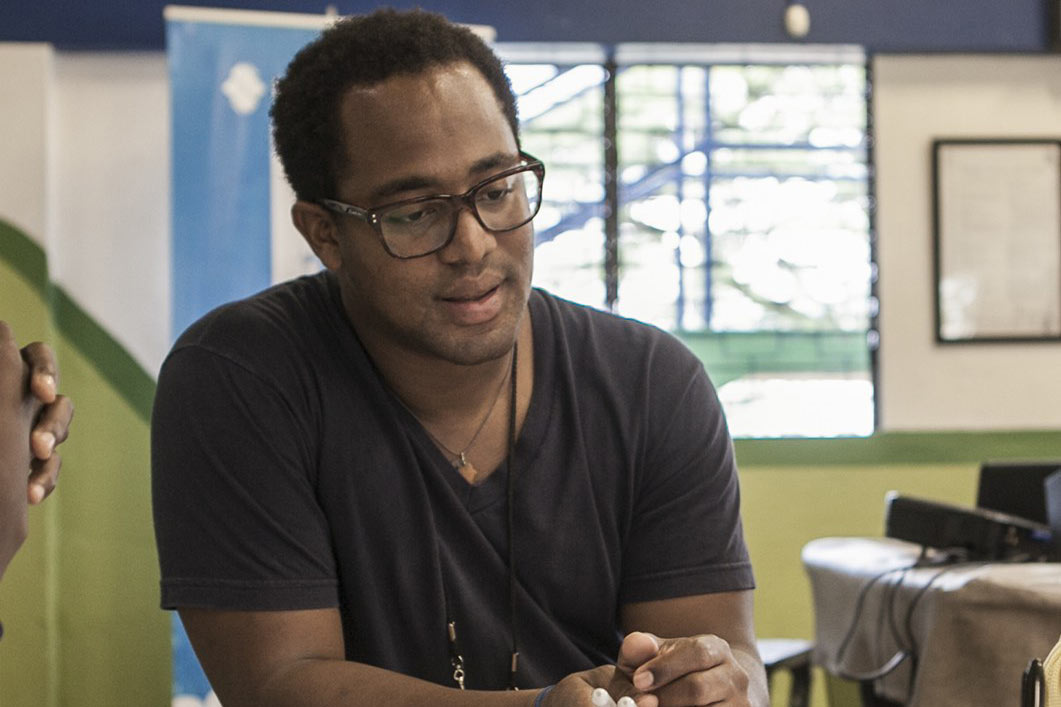
Keita Demming
Keita is the lead facilitator of the B Studio Project. Plagued by the question, why do we wait until adulthood to teach techniques on generating innovation? Keita has worked with his friends and colleagues to develop curriculum on innovation and citizenship.
He is an educational and organizational consultant and obtained his PhD at the University of Toronto. Keita develops educational and strategic approaches to facilitating innovation and organizational change.
He is considered to be an innovation consultant, process designer, facilitator, and thinker. His interests include strategy, resilience, power, systems thinking, design thinking and complexity
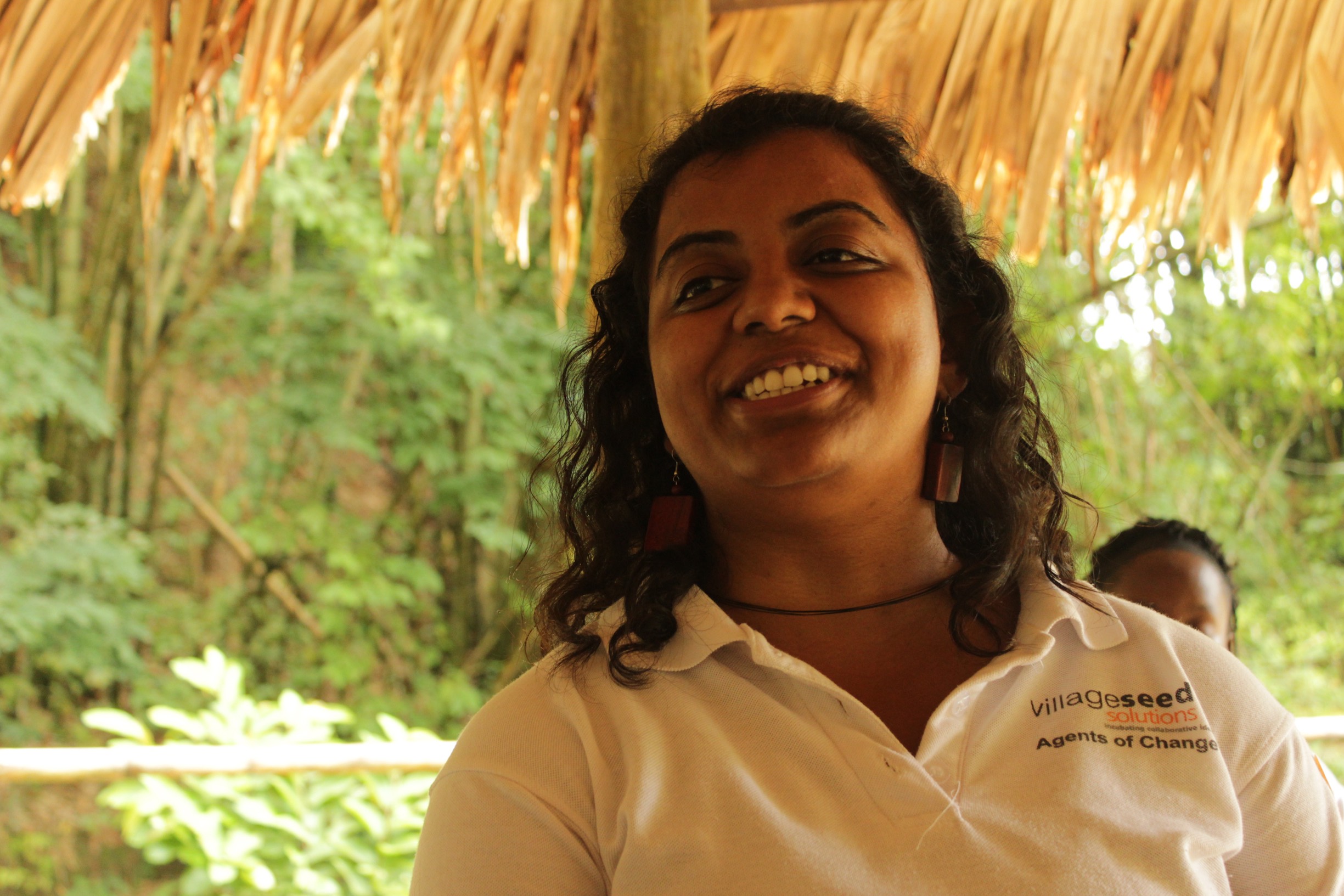
Anita Abraham
Anita and Keita shared an office while working at Social Innovation Generation. In a conversation, they realized that they both wished to develop a youth program around innovation and citizenship. With the support of Social Innovation Generation @ Waterloo Anita joined us for our first installation of B Studio. Anita has spent her career determined to address our most pressing social challenges and believes in the transformative power of young people to create positive change.
She has worked on university campuses over the last decade, including at Social Innovation Generation (SiG@Waterloo), a national collaborative addressing Canada’s social and ecological challenges by creating a culture of continuous social innovation. When she was a student at the University of Guelph, Anita led the Meal Exchange chapter to break national records and engage hundreds of students. She holds a Masters in Peace and Conflict Studies and a Graduate Diploma in Social Innovation.
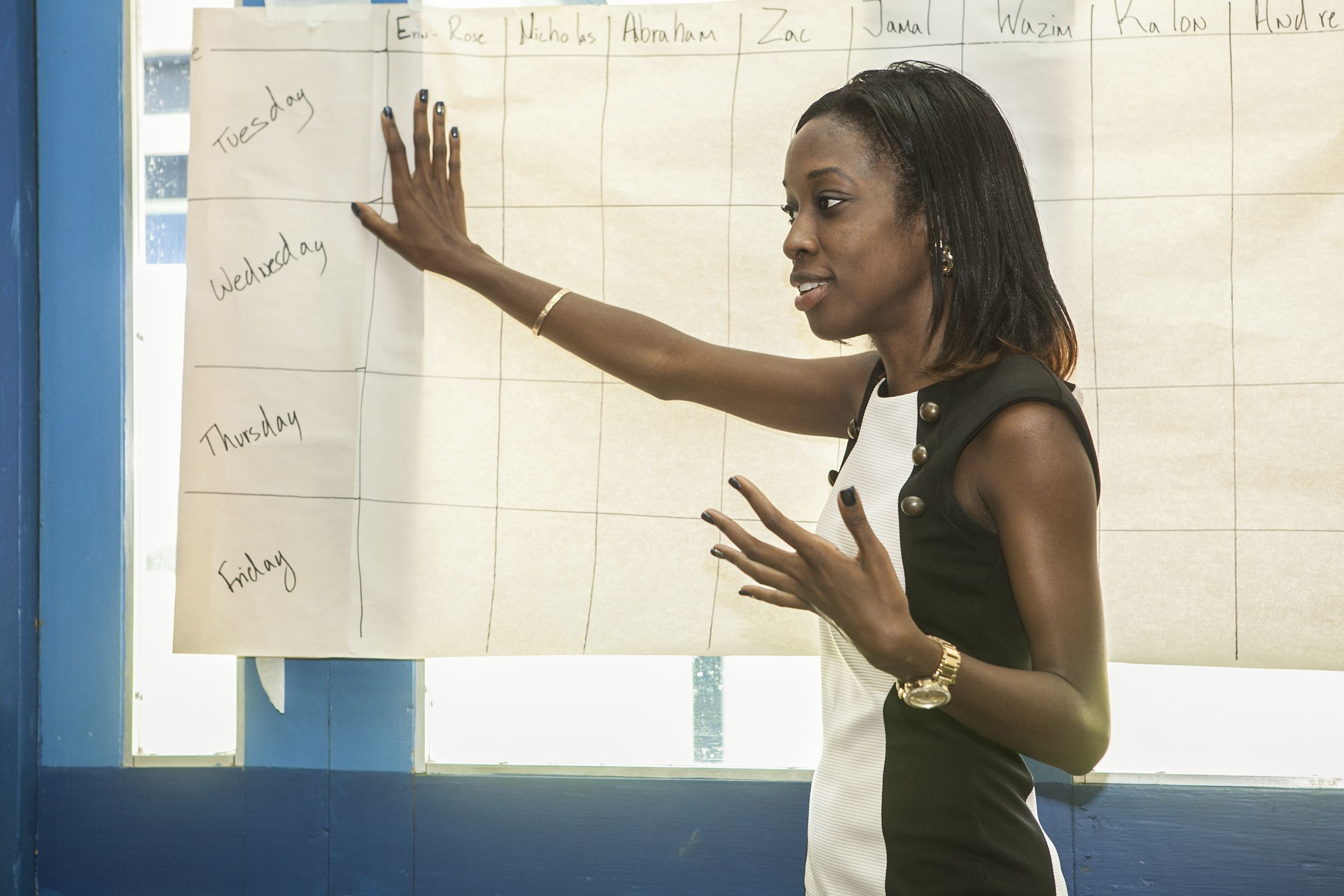
Chevonne Agana
When Keita first thought of the B Studio project, Chevonne was the first person he approached. Since then, Chevonne has been a major part of the team and has regularly contributed to the ongoing development of the curriculum. Chevonne is an Associate Consultant with Beyond Consulting and specializes in the psychometric assessments portfolio.
Chevonne is also a full-time lecturer in Psychology at the College of Science Technology and Applied Arts of Trinidad and Tobago (COSTAATT). Where she is involved in Course and Curriculum development specially geared towards the BSc. in Psychology. Her skills as an educator and consultant have been, and continue to be a great assets to the project.
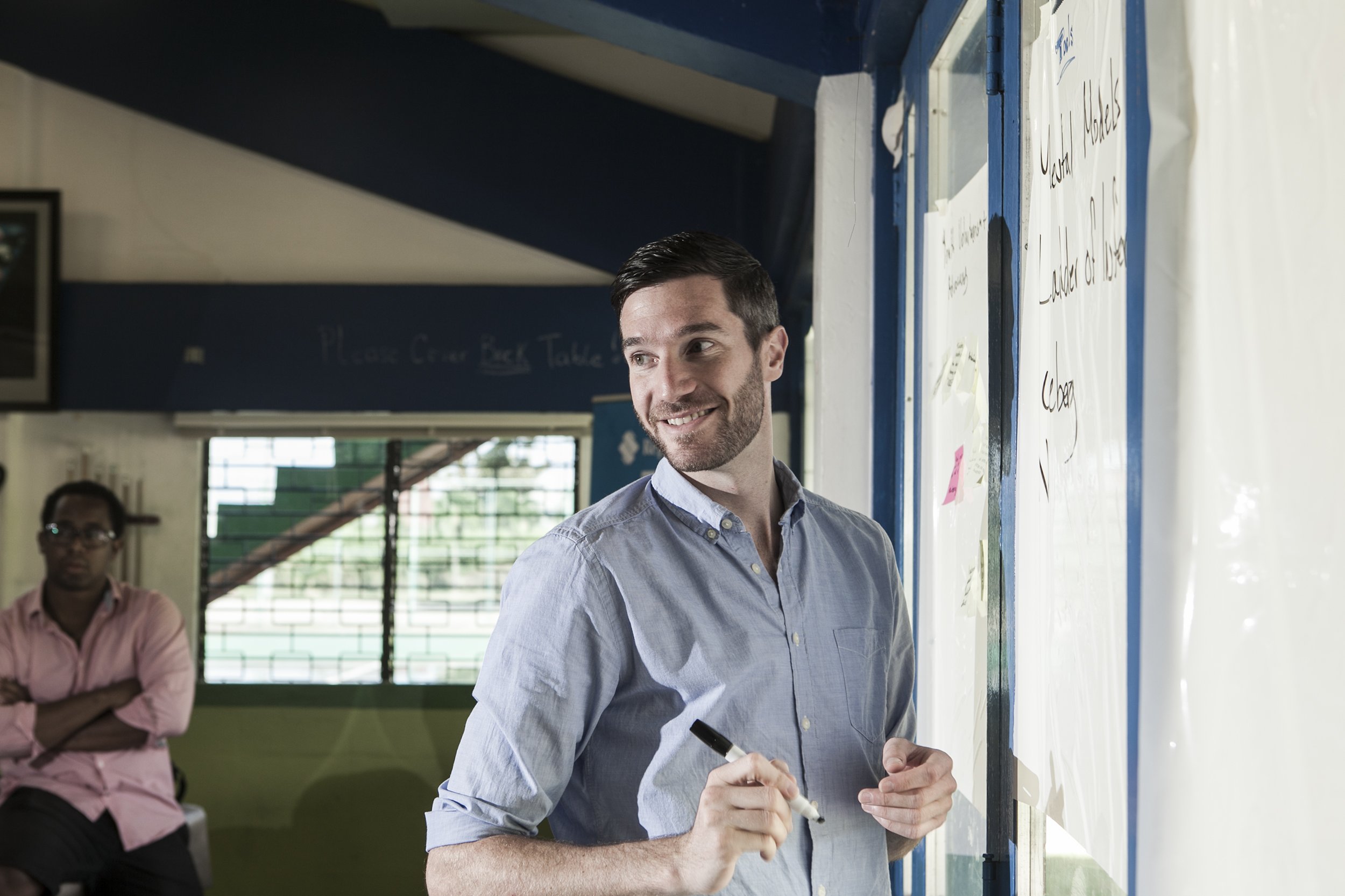
Jeremy Dickson
Jeremy joined us for our 2014 iteration of the B Studio Project. He is an educator for the Toronto District School Board (TDSB) who teaches English, history, geography, social science, special education, and HPE.
His professional roles have included curriculum leader, literacy instructor, teacher trainer, and school consultant on incorporating complex problem solving (Systems Thinking, Integrative Thinking, and Design Thinking) and social innovation into various curriculums and organizations.
He has taught in Canada, Australia, Costa Rica, and Trinidad, and at the elementary school, high school, university, and professional levels.
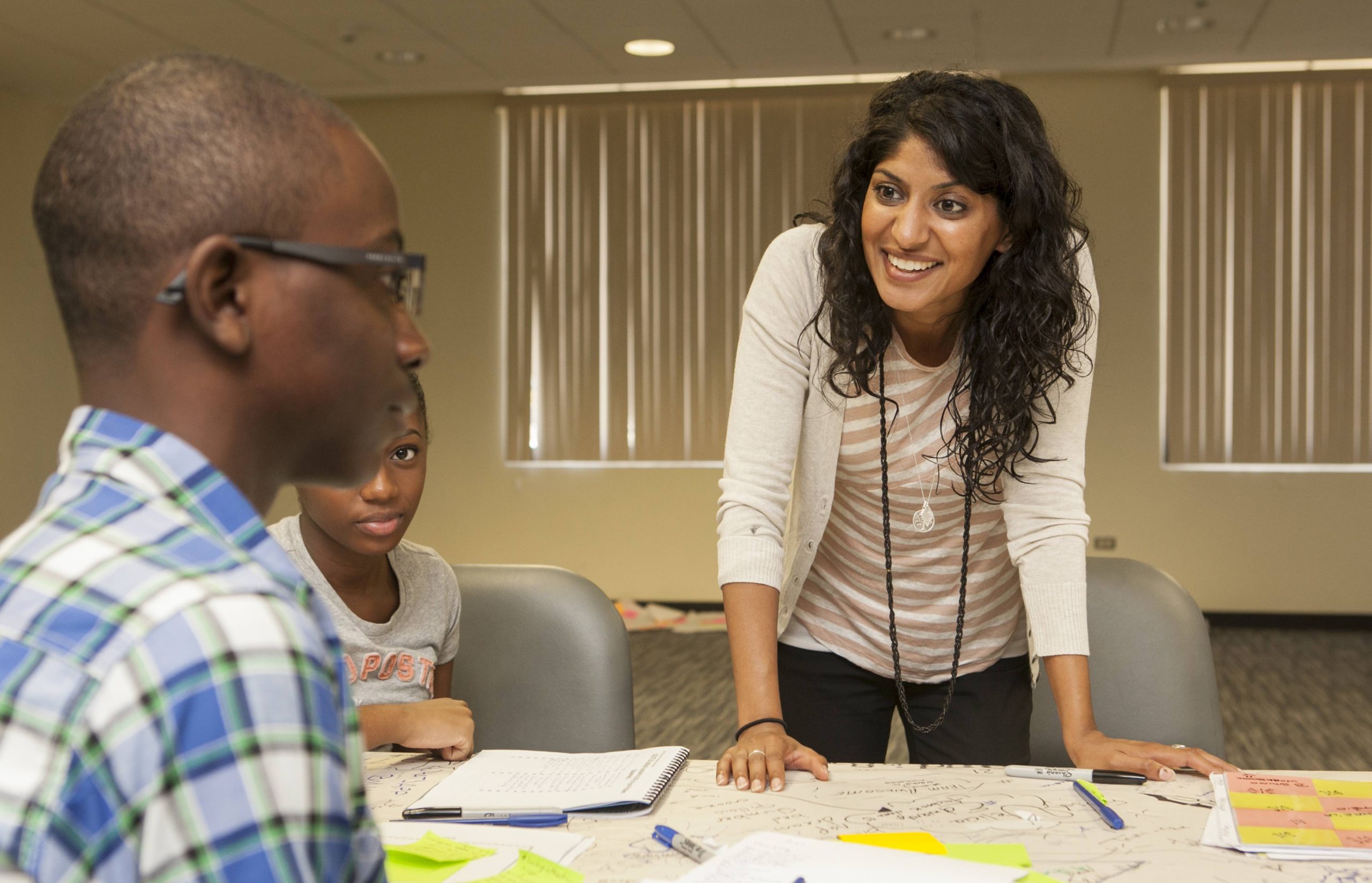
Noorin Fazal
Originally from Vancouver, Noorin came across Keita during their undergraduate studies in Cognitive Systems at the University of British Columbia. Now in Toronto, Noorin and Keita frequently meet to discuss youth empowerment for social innovation. As a teacher, artist and curriculum designer, Noorin is driven by community engagement, shared narrative, and personal inquiry through arts and media. She particularly focuses on intercultural connections among individuals and communities.
In her work, Noorin focuses on storytelling, critical questioning, empathy and creative expression in order to engage youth with the concept of common humanity. She believes that through this pedagogy, we can design solutions that respond to lived experience, and take sustainable action that improves the quality of our own lives and that of others.
Noorin has taught, facilitated and mentored in Canada, the United States, the United Kingdom, Tajikistan, the Czech Republic and Tanzania. This summer, she is excited to explore Big Ideas with youth in Trinidad and Tobago as part of the BStudio Design Team.
Partners
Our partners who helped to make this project possible.
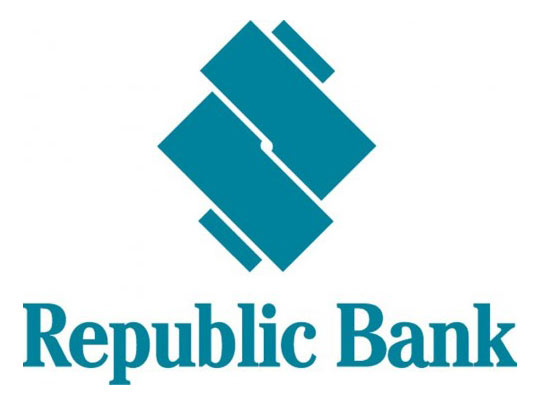
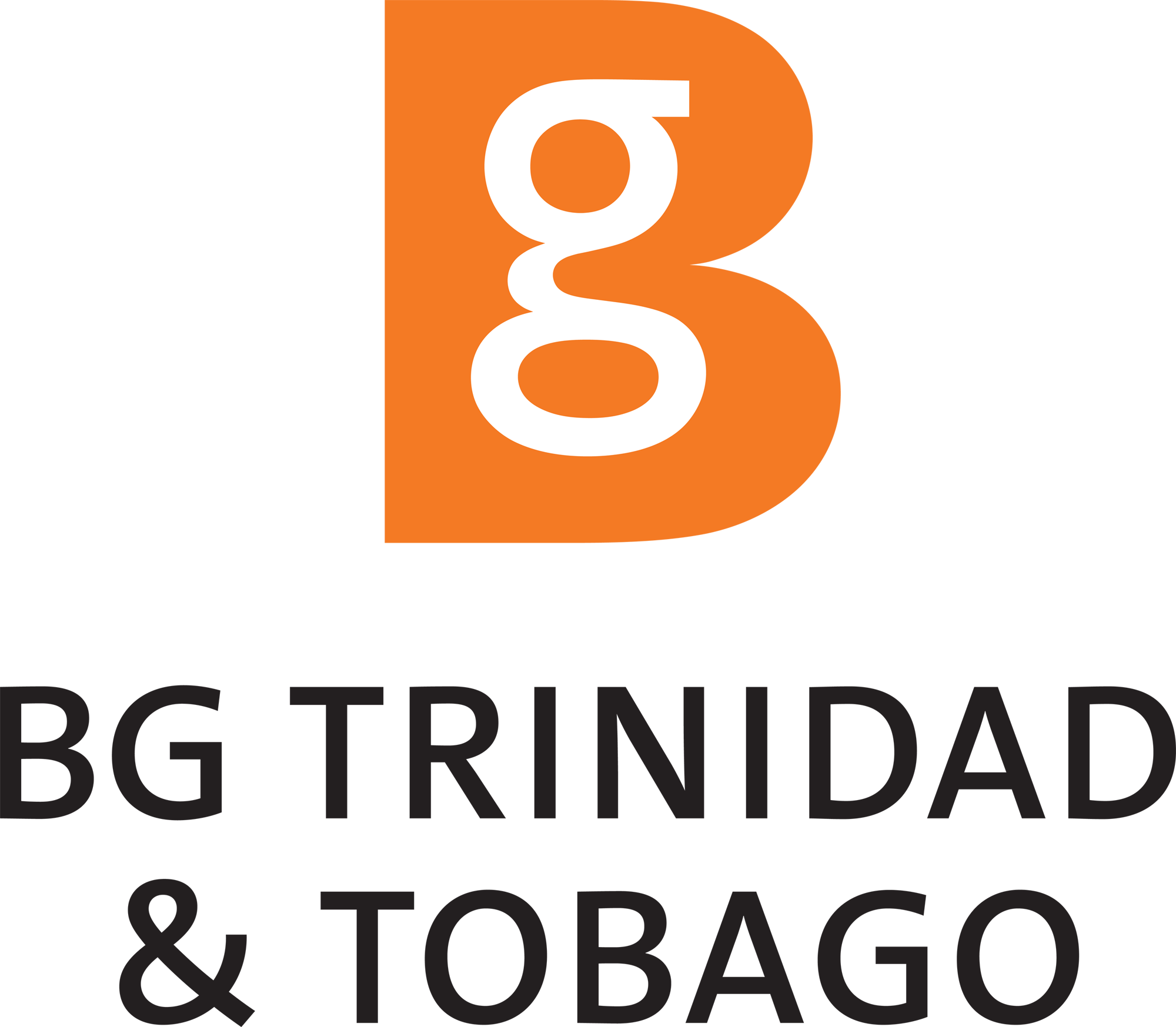

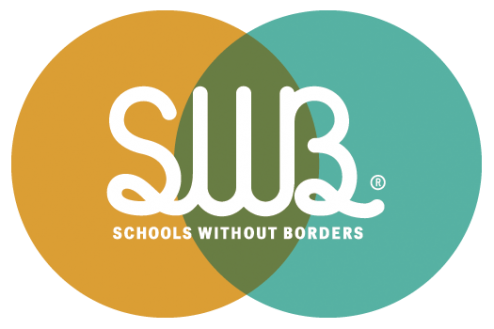
Learning for the 21st century. Do our approaches to learning prepare us for the future of work?
Browse and read posts from our Youth Studio - July 11th-25th
Download Reports
Browse and download our reports.
Audio/Video of our 2016 report
We recorded a Prezi version of our 2016 report.
B Studio report 2016
We commissioned an independent evaluation of the project. This report outlines the findings of the evaluation.
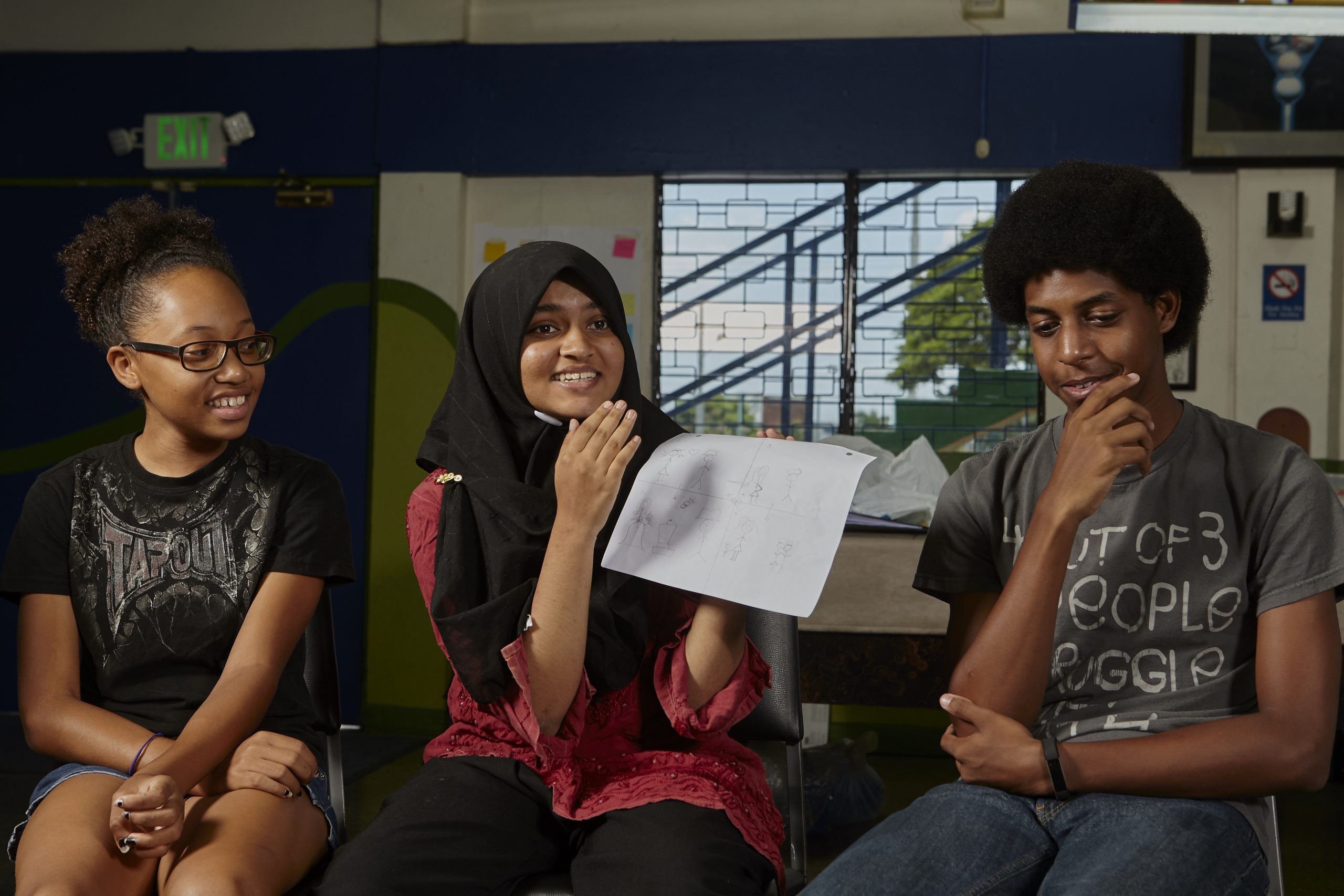
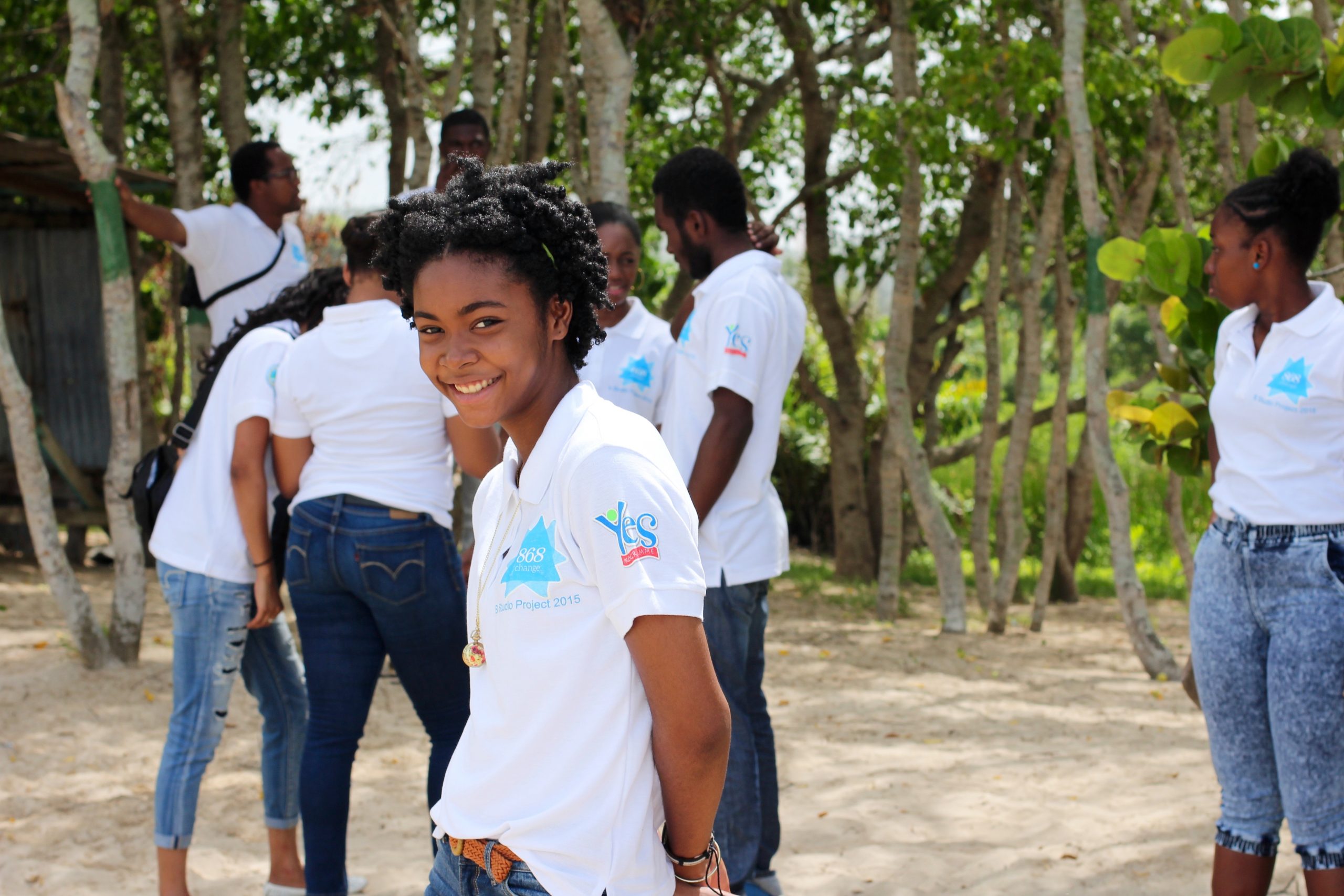
B Studio report 2014
This report outlines out findings on the project at the end of 2014. The program was called Agents of Change at the time.
B Studio impact report 2013
The 2013 report outlines the findings of the project at the end of 2013. The program was called Agents of Change at the time.
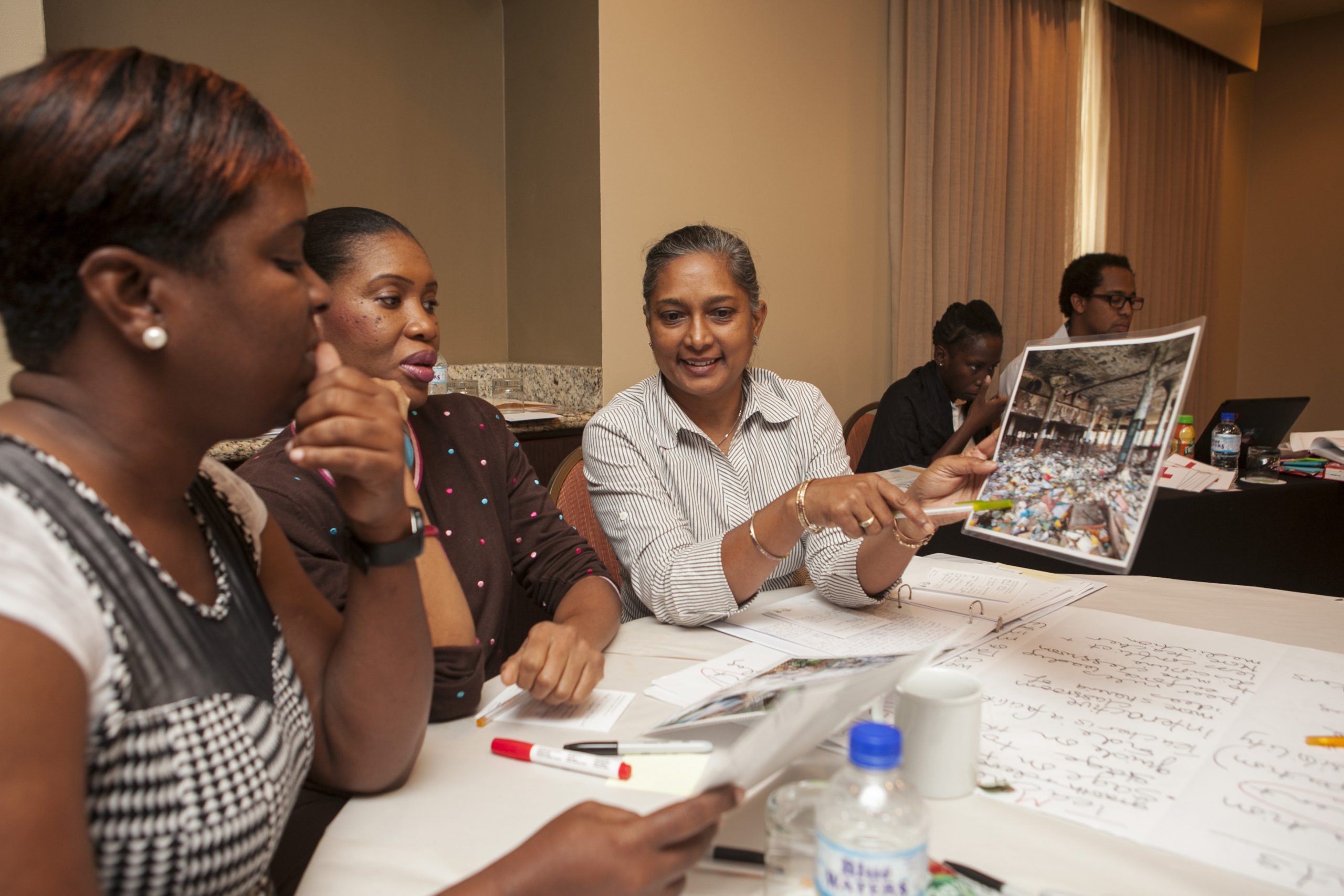
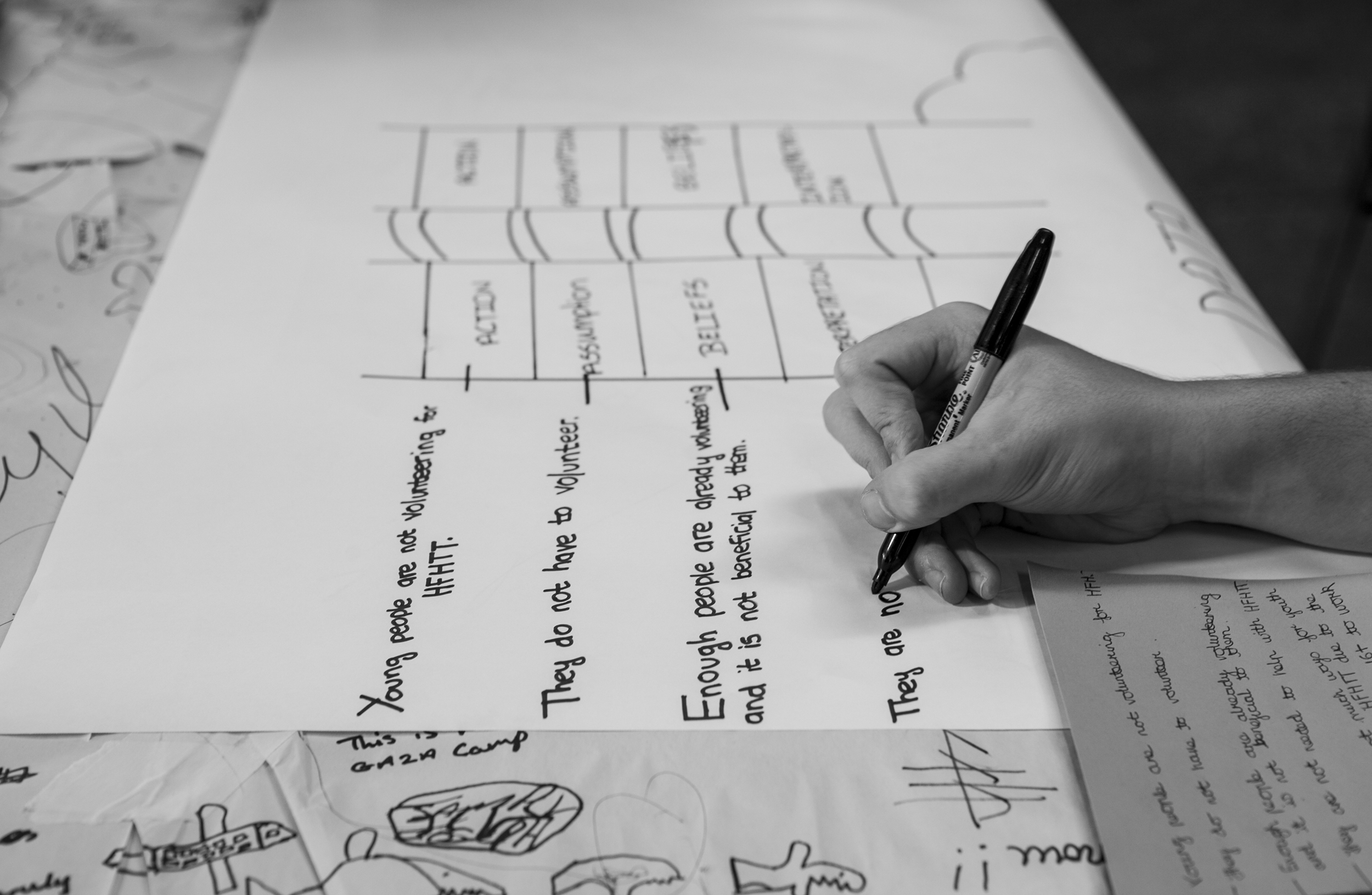
B Studio impact report 2012
In 2012, we commissioned an impact report to outline the merit and worth of the project. The program was called Agents of Change at the time.
B Studio report 2012
This 2012 report outlines the findings of the project at the end of 2012. The program was called Agents of Change at the time.

Contact
Thanks for visiting me on the web. Please use the contact form here to send me an email message. I look forward to hearing from you.
Want a conversation?
Let’s redefine performance by changing conversations together.
Connect with me on social media:
© 2023 Keita Demming. All rights reserved.
